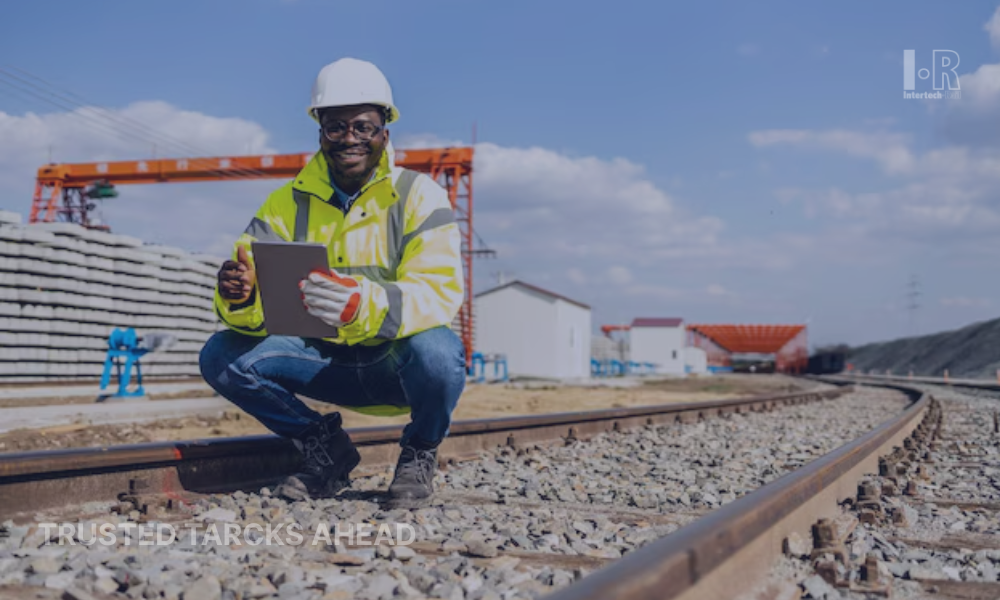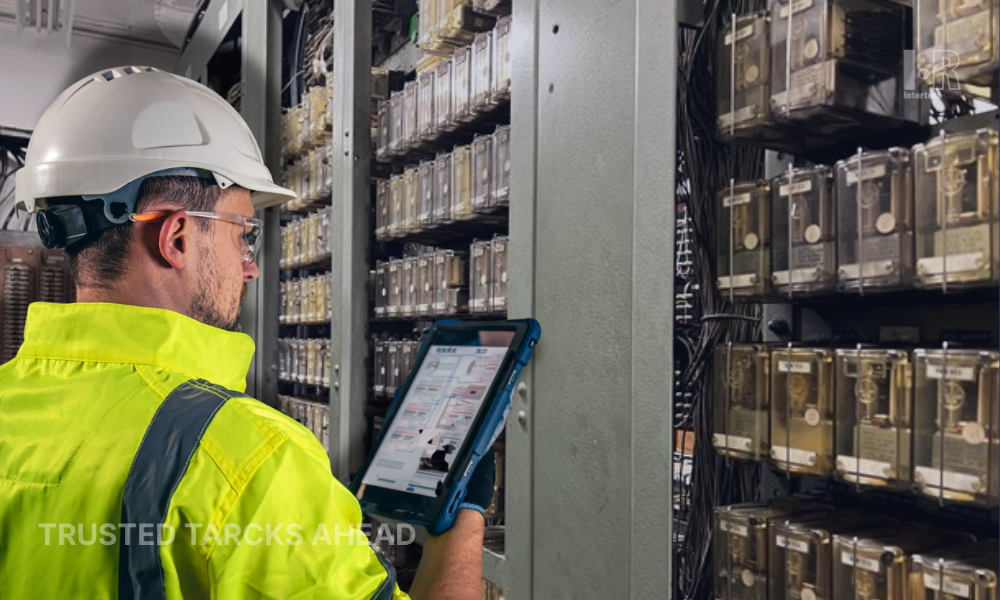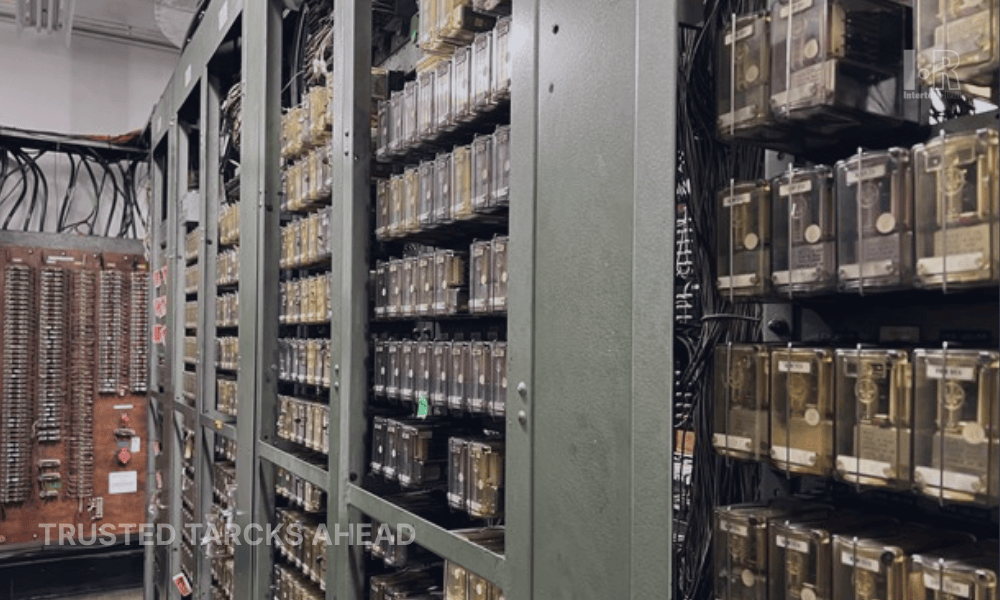Railway Track Inspection
Railway Track Inspection: Comprehensive Guide to Modern Assessment Technologies and Procedures

What engineers see on the ground, and how track checks keep railways safe.
Fundamentals of Track Inspection
I’ve walked enough track to know one thing: steel doesn’t forgive neglect. Rails, fastenings, ballast, they all carry weight far beyond what they look built for. A single loose clip or hidden crack, left alone, can bring a line to a halt. That’s why track inspection
matters. Decades ago, it was all manual. Crews with hammers, boots in the ballast, eyes scanning for gaps. It still happens, but now machines and sensors back it up. The point hasn’t changed: give railway maintenance teams a chance to act early, not late.
Detection Technologies in Practice
Modern railways lean on tech because eyesight alone won’t catch everything. Out on the line, you’ll find tools like ultrasonic gear for rail flaw detection, lasers measuring alignment, or even video trains recording every sleeper. Some companies place fixed sensors beside the track; these pick up heavy wheel strikes or strange vibrations.
It sounds high-tech, and it is, but on the ground it comes down to something simple: find the weak spot fast, flag it, and fix it. One small crack caught by ultrasound on Monday might stop a break on Friday. That’s railway safety in real life.
Rail Flaw Detection in Daily Work
Of all methods, rail flaw detection
earns the most respect. Internal cracks are sneaky. We’ve seen them start like a hairline and grow in weeks under loaded wagons. By the time they’re visible, it’s often too late. Ultrasonic and eddy current tools expose those flaws early. Sometimes mounted on dedicated inspection cars, other times carried by hand. Either way, they give inspectors a choice: repair, replace, or monitor. It’s not glamorous, but it’s what keeps trains on the rails.
How Inspections Are Organized
Technology helps, but procedures make it stick. Some companies still send walking patrols, rain or shine. Others use condition-based plans, following the data more than the calendar. Reporting chains vary, too. On some lines, an inspector’s note reaches the control office in hours; on others, it may take days. Training plays its part. Reading a screen is one thing; reading a wet patch of ballast after heavy rain is another. Experienced crews know when to treat a small dip or shiny railhead as a warning, not just a detail.
Why It All Matters
Strong track inspection keeps schedules realistic, avoids emergency repairs, and most of all protects lives. Regulators watch it closely, and operators know a single missed flaw can mean weeks of bad headlines.
That’s why suppliers who build sensors, RFID readers, and monitoring systems,
Intertech Rail
among them, are part of the safety chain. Their devices provide the data that guides railway maintenance
and helps inspectors decide where to focus.
At the end of the day, inspection is about trust. Crews trust their tools. Managers trust the reports. Passengers trust the system to get them home without incident.
>>For more on railway safety, explore our related articles on railway cybersecurity
and rail asset management, available here at Intertech Rail.




